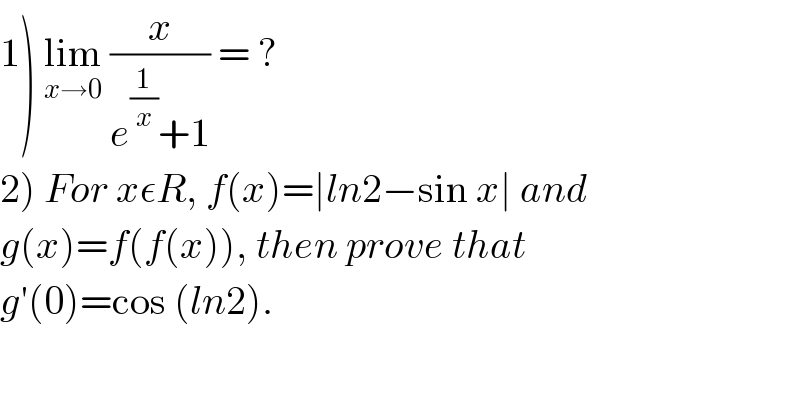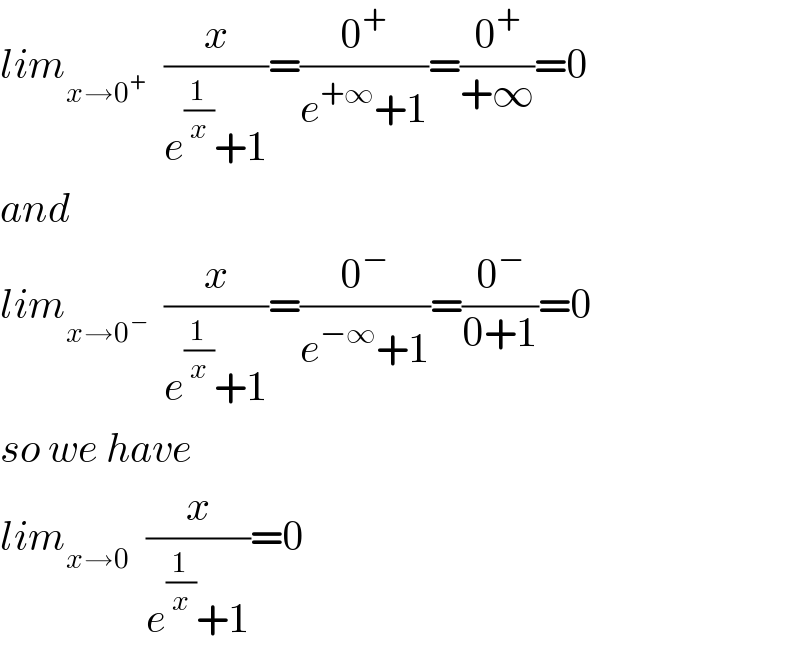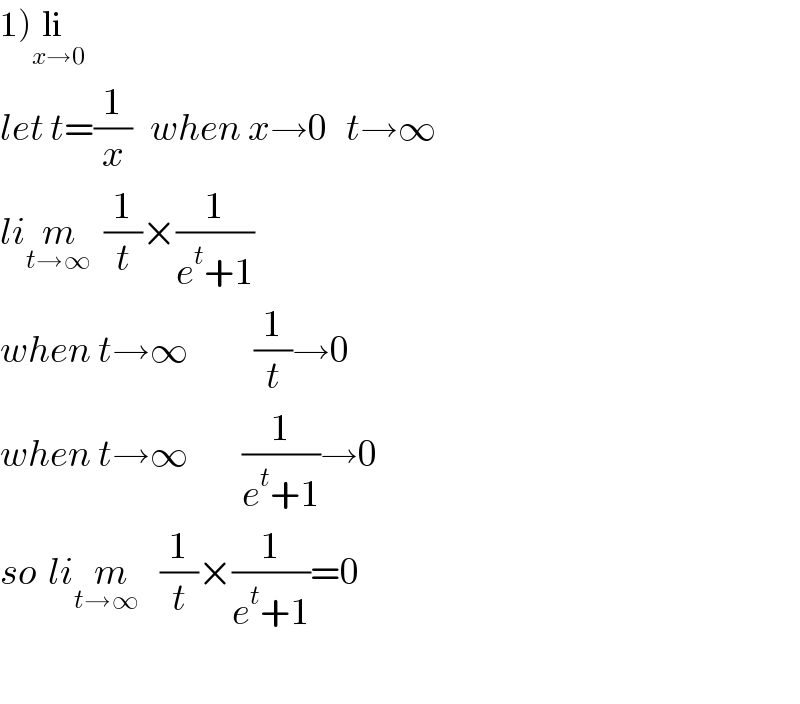
Question and Answers Forum
Question Number 57442 by rahul 19 last updated on 04/Apr/19

Commented by rahul 19 last updated on 04/Apr/19

Commented by tanmay.chaudhury50@gmail.com last updated on 04/Apr/19

Commented by rahul 19 last updated on 04/Apr/19

Commented by kaivan.ahmadi last updated on 04/Apr/19

Answered by tanmay.chaudhury50@gmail.com last updated on 04/Apr/19

Commented by rahul 19 last updated on 04/Apr/19

Answered by tanmay.chaudhury50@gmail.com last updated on 04/Apr/19
![sinx value lies between ±1 we know ln2=0.6931 f(x)=ln2−sinx when ln2>sinx>0 =0 when sinx=ln2 =−(ln2−sinx) when 1>sinx>ln2 now look when sinx<0 then f(x)=∣ln2−sinx∣=(ln2−sinx) here we restrict to consider +ve value of sinx A)value of (dg/dx) when sinx<ln2 g(x)=f[f(x)] g(x)=f(ln2−sinx) when [ln2>sinx>0] =ln2−sin(ln2−sinx) ((dg(x))/dx)=0−cos(ln2−sinx)×(0−cosx) ((dg/dx))_(x=0) =−cos(ln2−0)×−1=cosln2 B) value of (dg/dx) when sinx=ln2 =f[f(x)] when sinx=ln2 =f[0] =ln2−sin0 =ln2 so (dg/dx)=0 at sinx=ln2 C) value of (dg/dx) when sinx>ln2 g(x)=f(−ln2+sinx) =ln2−sin(−ln2+sinx) (dg/dx)=0−cos(−ln2+sinx)×(0+cosx) ((dg/dx))_(x=0) =−cos(−ln2)=−cosln2](Q57457.png)
Commented by tanmay.chaudhury50@gmail.com last updated on 04/Apr/19

